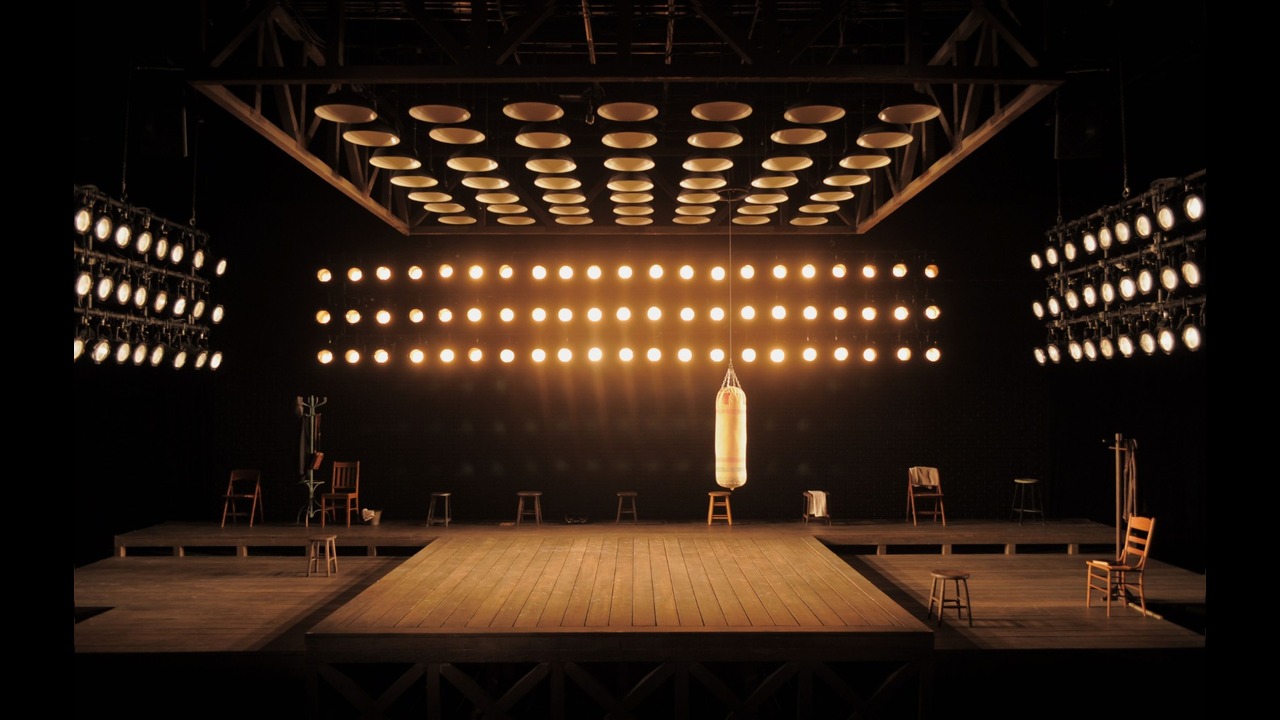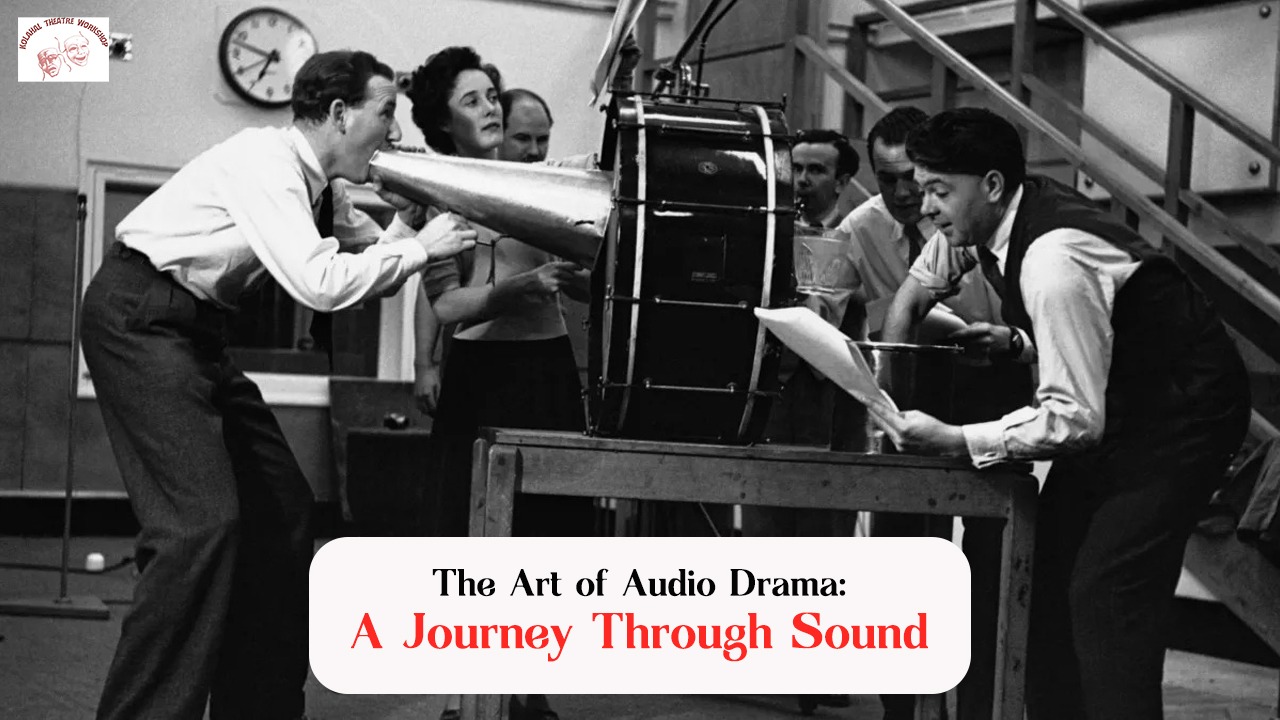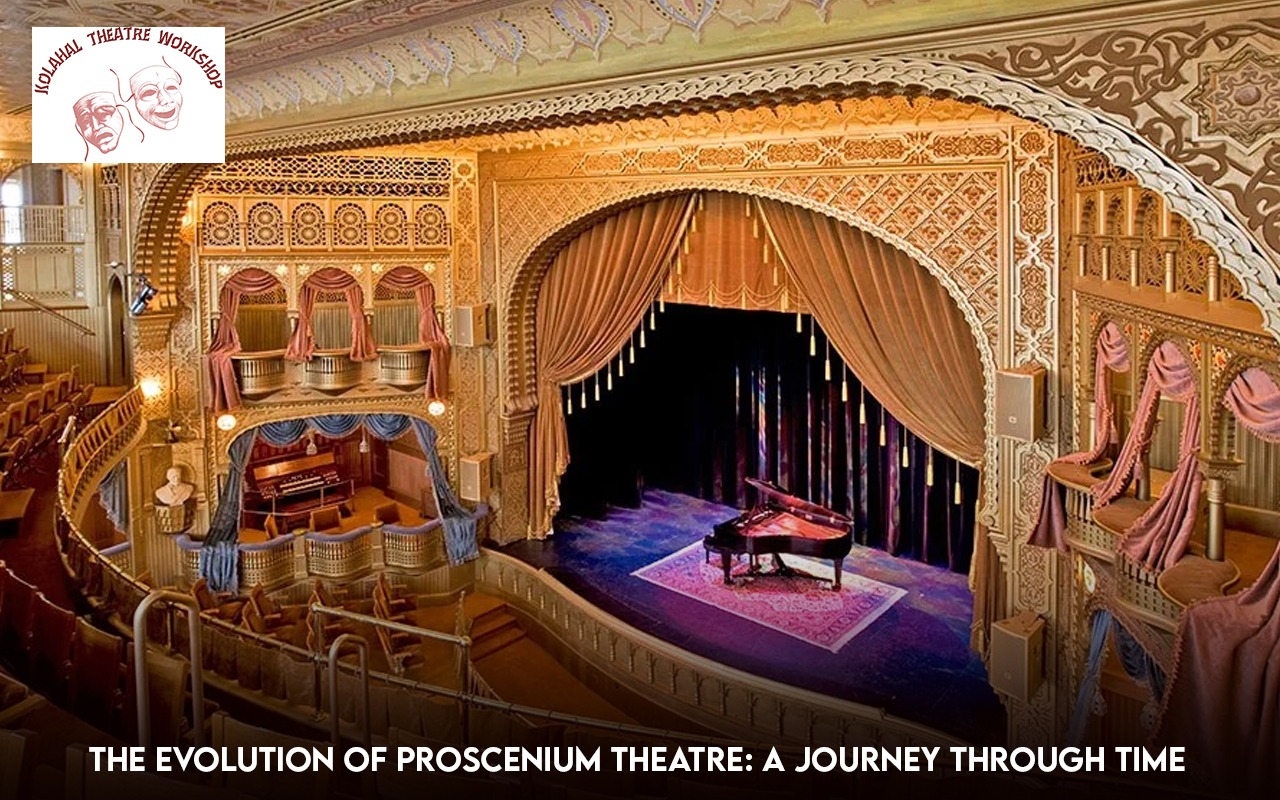The Art of Lighting and Sound in Theatre
Introduction:
Welcome, fellow enthusiasts of the stage! In today’s blog, we altogether embark on a captivating journey into the realm of theatrical magic, exploring the intricate dance between lighting and sound that elevates the ambience of theatre performances. Join us as we unravel the secrets behind creating immersive experiences that leave audiences spellbound.
Setting the Stage: The Power of Lighting
The art of lighting is a symphony of colors, shadows, and intensity. It serves as the silent conductor thus guiding the audience’s emotions and enhancing the visual spectacle. From the warm glow of a spotlight to the dramatic play of shadows, each choice in lighting design contributes to the overall atmosphere of the performance.
Mood Enhancement:
Lighting sets the mood for a scene, whether it’s the eerie shadows of a suspenseful moment or the bright hues of a joyous celebration. Eventually, explore the psychology of colors and their impact on emotions to craft a visual narrative that complements the storyline.
Focus and Dynamics:
Utilize lighting to direct the audience’s focus, eventually highlighting key elements on stage and creating dynamic visual compositions. However experimenting with variations in intensity and angle add depth and dimension to the performance.
Transition Techniques:
Seamless transitions between scenes are however crucial for maintaining the flow of a production. Discover the art of blackout effects, crossfades, and gradual shifts in lighting to smoothly transport the audience from one emotional landscape to another.
The Sonic Symphony: Crafting The Perfect Soundtrack
The art of lighting and sound in theatre is essentially important. As lighting paints the visual canvas, sound weaves the sonic tapestry that brings a performance to life. However from the subtle rustle of leaves to the thunderous applause of a crowd, sound design is an indispensable aspect of the theatrical experience.
Soundscapes and Atmospheres:
Immerse the audience in the world of the play by creating rich soundscapes and atmospheres. Whether it’s the bustling streets of a city or the serene quietude of a forest, carefully curated ambient sounds transport the audience to different realms.
Dialogue Clarity:
Clear and intelligible dialogue is paramount for effective storytelling. Employ state-of-the-art microphones and sound reinforcement systems to ensure that every word spoken by the performers resonates with the audience.
Musical Alchemy:
Elevate the emotional impact of a scene through a thoughtfully curated musical score. Explore the synergy between live or recorded music and the narrative, using melodies and harmonies to accentuate the emotional highs and lows of the story.
Harmony in Collaboration:
The true magic of theatre emerges when lighting and sound seamlessly intertwine. Foster collaboration between lighting designers and sound engineers, encouraging open communication and experimentation. Through this collaborative effort, a production can achieve a harmonious balance that captivates the senses and leaves a lasting impression on the audience.
Conclusion:
In conclusion, exploration into the art of lighting and sound in theatre, let us appreciate the transformative power these elements hold. Together, they create an immersive experience that transcends the boundaries of the stage. It leaves indelible memories in the hearts of those who witness the magic unfold. May your future productions be filled with the enchanting dance of lights and the mesmerizing melodies that make theatre truly extraordinary.




